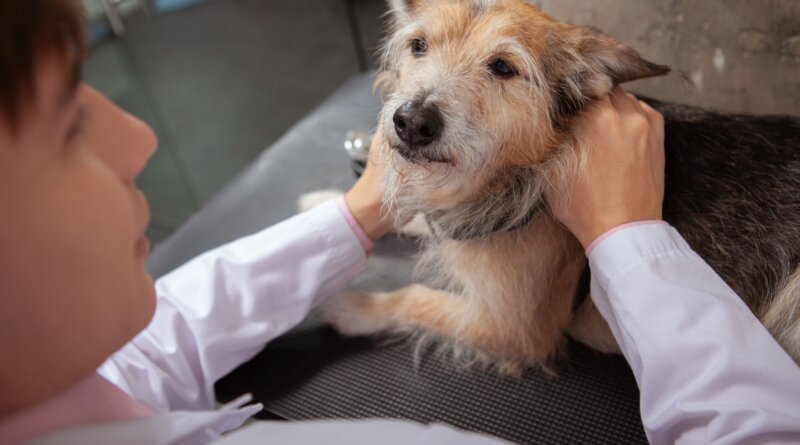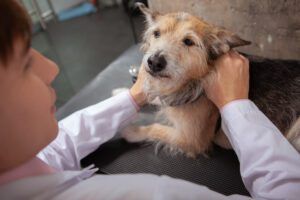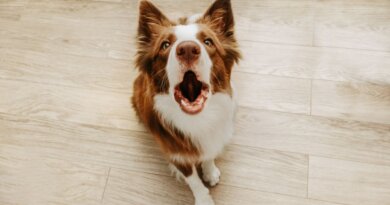Finding Dog Lymph Node Locations
Lymph nodes are small bean-shaped glands that play a key role in the body’s immune system. Lymph, the clear or milky fluid that circulates through the nodes, contains infection-fighting white blood cells. When a dog is fighting off a virus or infection, your dog’s lymph nodes will become inflamed. A dog’s swollen lymph nodes may be the earliest sign that he has sustained an infection or has developed canine lymphoma (a cancer of the lymph glands), so know dog lymph node locations and checking their lymph nodes regularly can lead to a quick diagnosis, treatment, and recovery.
There are over 400 lymph nodes in your dog but only a few are close enough to the skin’s surface to be observed. Though few, these key nodes are important indicators of infection.
Finding Dog Lymph Node Locations
The nodes you can feel through your dog’s skin and hair are:
- In the neck and lower jaw (submandibular).
- In the chest or front of the shoulders (prescapular).
- In the front of the armpits (axillary).
- Inside the groin (inguinal).
- Behind the knees (popliteal).
You can check these dog lymph node locations while petting or massaging your dog. Gently feel under her jaw on both sides, then move to the front of her shoulder blades on both sides of the neck and on the chest, then on the inner thigh, and behind her knees on both hind legs.
For a video demonstration of locating and palpating a dog’s lymph nodes, see “Where Are My Dog’s Lymph Nodes?” with veterinarian Sue Ettinger, DVM, on YouTube.
Swollen lymph nodes can feel firm, like a grape under the skin, or like a noticeable lump. While associated with cancers such as lymphosarcoma, lymph nodes can swell after vaccinations, when your dog is exposed to bacterial or fungal infections, or when your dog is dealing with demodectic mange, parasites, or a tick-borne illness.
Lymph transports proteins and fats throughout your dog’s body while trapping and removing metabolic wastes, dead cells, and other pathogens. Because the lymph system doesn’t have a pump the way the circulatory system is pumped by the heart, it depends on your dog’s physical activity to circulate. Giving your dog regular exercise is one way to keep his lymph in motion and another is with frequent brushing, from head to tail.
Keep a record of lymph node changes
Checking your dog’s lymph nodes every month will make it easy for you to notice and document changes along with other symptoms that might be significant, such as changes in appetite, behavior, energy level, etc. To make sure your dog’s swollen lymph nodes are not cancer, bring your dated list of lymph node changes and other symptoms to your dog’s annual wellness exam. These notes can help your veterinarian make an accurate diagnosis.
For consistency, consider checking your dog’s lymph nodes every month on the same day of the month. You can keep track of observations and changes on a calendar or download a free Dog Wellness Journal at the National Canine Cancer Foundation website, wearethecure.org.




